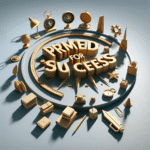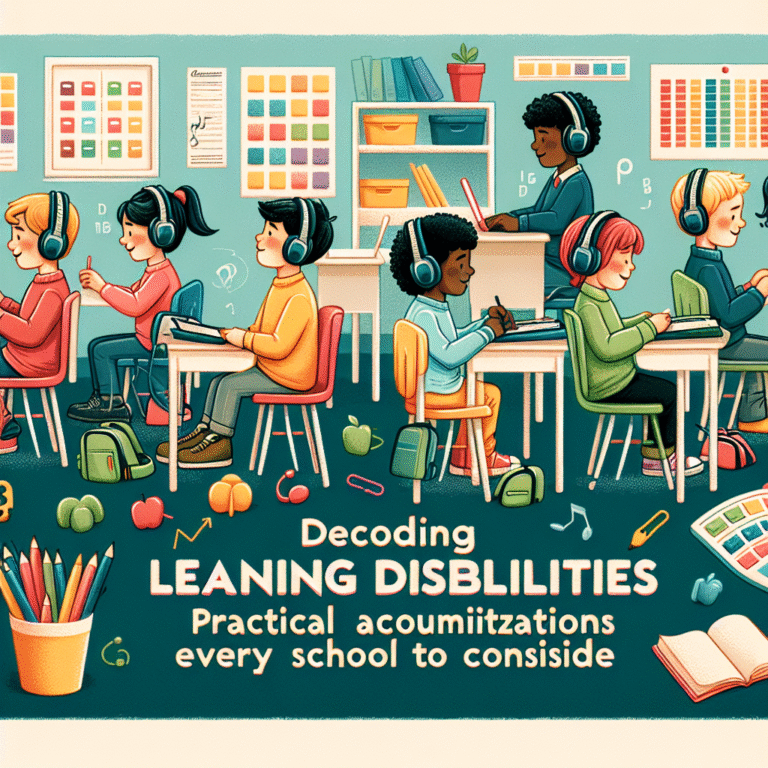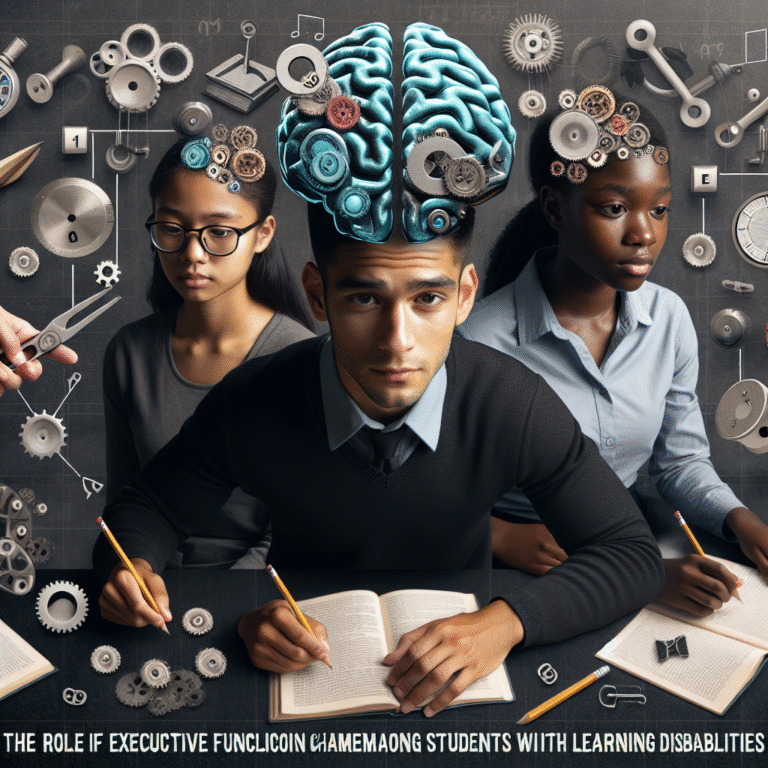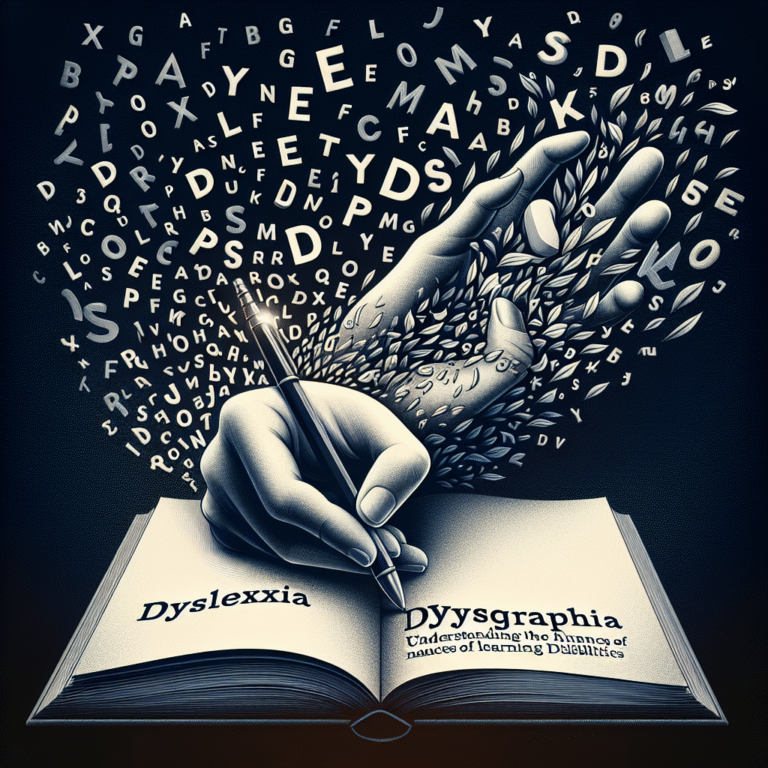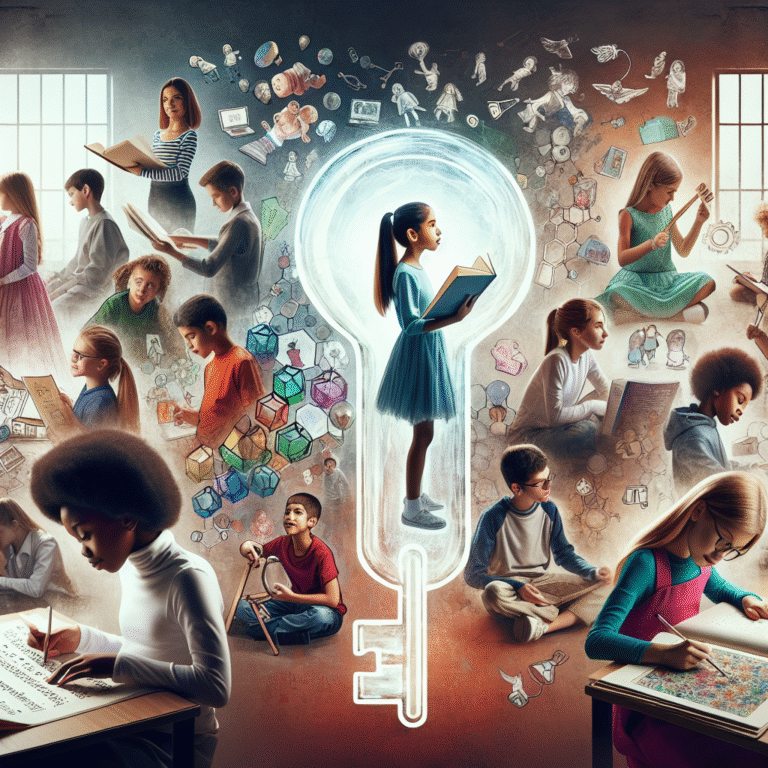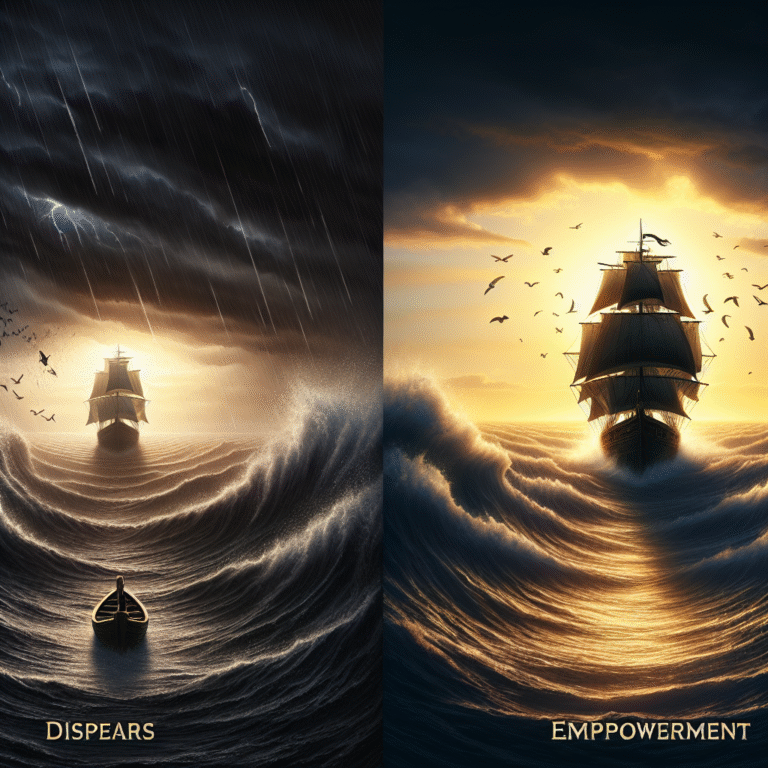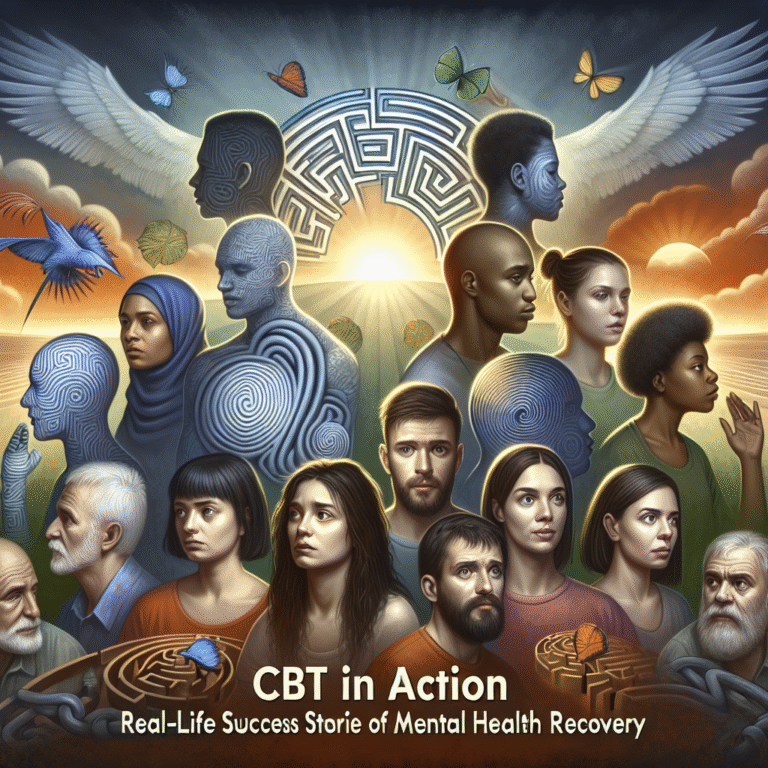
Bridging the Gap: Essential Skills Teachers Need to Support Students with Learning Disabilities
Introduction
In today’s diverse classrooms, teachers encounter a plethora of learning styles and capabilities. Among these, students with learning disabilities stand out as a unique group needing specialized support. The phrase "Bridging the Gap: Essential Skills Teachers Need to Support Students with Learning Disabilities" perfectly encapsulates the challenge educators face. With the right skills and strategies, teachers can empower these students to thrive academically and socially, fostering an inclusive environment that promotes success for all learners. In this article, we will explore the essential skills teachers need, supported by real-world case studies and actionable insights that will enhance classroom experiences for both educators and students.
Understanding Learning Disabilities
What Are Learning Disabilities?
Learning disabilities refer to a variety of neurological disorders that affect the brain’s ability to receive, process, or respond to information. Common types include dyslexia (difficulty with reading), dyscalculia (difficulty with math), and dysgraphia (difficulty with writing). Each of these disabilities presents unique challenges, and understanding them is the first step toward bridging the gap in educational support.
The Importance of Recognizing Learning Disabilities
Recognizing the signs of learning disabilities is crucial for early intervention. Teachers who identify these challenges early can implement strategies that support their students more effectively. For instance, a child struggling with reading may benefit from tailored reading interventions. By bridging the gap with appropriate resources and techniques, teachers can create a foundation for lifelong learning.
Essential Skills for Supporting Students
1. Empathy and Understanding
The Need for an Empathetic Approach
Empathy is the cornerstone of effective teaching, particularly for students with learning disabilities. When teachers understand the emotional and psychological hurdles that these students face, they can foster a supportive classroom culture.
Case Study: Creating Safe Spaces
Consider a middle school teacher, Ms. Kelly, who implemented “Safe Zone” days in her classroom. On these days, students were encouraged to share their learning struggles openly. This initiative not only built trust but also allowed students to feel understood. By bridging the gap with empathy, Ms. Kelly observed significant improvements in student participation and confidence.
2. Specialized Instruction Techniques
Multisensory Learning Methods
Teachers must develop specialized instructional techniques to accommodate various learning styles. Multisensory instruction, which engages visual, auditory, and kinesthetic modalities, can be particularly beneficial.
Case Study: The Power of Multisensory Strategies
In a case study involving a third-grade classroom, Mr. Smith utilized multisensory techniques to teach reading. By using colored word cards, sounds, and physical movements, he helped students with dyslexia improve their reading skills drastically. His research demonstrated that bridging the gap through these innovative methods led to a 40% increase in reading comprehension scores.
3. Adaptability and Flexibility
The Necessity of Being Adaptive
The educational landscape is ever-changing. Teachers need to be flexible in their approaches, adjusting lessons on the fly to meet the needs of all students.
Case Study: Adapting Curriculums in Real Time
Ms. Tran noticed that her students struggled with a math concept during a lesson. Rather than moving forward, she quickly adapted her lesson plan, incorporating manipulatives and games that made math more accessible. Bridging the gap required her to think on her feet, ultimately resulting in higher engagement and understanding.
4. Collaboration and Communication
Working with Families and Professionals
Collaboration extends beyond the classroom. Effective communication with parents and special education professionals can lead to more cohesive support strategies.
Case Study: Teaming up for Success
In a district-wide initiative, teachers like Mr. Johnson were trained to hold regular meetings with parents of students with learning disabilities. By sharing progress and challenges collaboratively, they found that students responded better to interventions. Bridging the gap through teamwork heightened the impact of both home and classroom strategies.
5. Ongoing Professional Development
The Importance of Lifelong Learning
Teachers must engage in continuous learning to stay current on best practices in special education. Participation in workshops, webinars, and conferences allows educators to refine their skills.
Case Study: Commitment to Growth
After attending a professional development workshop on learning disabilities, Mrs. Anderson was inspired to update her teaching practices. She incorporated new technologies and strategies, observing a 30% improvement in engagement and learning outcomes for her students. This illustrates how bridging the gap through professional growth can directly enhance student success.
Tools and Resources
1. Technology in the Classroom
Accessible technology plays a significant role in supporting students with learning disabilities. Tools such as text-to-speech software and interactive learning apps create a more inclusive learning environment.
| Tool | Purpose | Benefit |
|---|---|---|
| Text-to-Speech Software | Assists with reading | Supports comprehension for struggling readers |
| Interactive Learning Apps | Engages through gamification | Enhances motivation and retention |
| Speech-to-Text Software | Aids in writing | Encourages students with dysgraphia |
2. Learning Communities
Creating or joining learning communities for teachers can foster the exchange of ideas and experiences. Collaborative platforms allow educators to share resources and successes.
Conclusion
In summary, the journey of "Bridging the Gap: Essential Skills Teachers Need to Support Students with Learning Disabilities" is an ongoing process that necessitates empathy, adaptability, and collaboration. Teachers play a pivotal role in creating supportive environments that enable all students to flourish, regardless of their individual challenges.
By developing these skills and embracing innovative strategies, teachers not only enhance the learning experience for students with disabilities but also inspire all learners in their classrooms. The collective effort of educators, parents, and communities can pave the way for a more inclusive future in education.
FAQs
1. What are some common learning disabilities?
Common learning disabilities include dyslexia, dyscalculia, dysgraphia, and ADHD. Each of these conditions presents unique challenges that require tailored teaching strategies.
2. How can teachers identify students with learning disabilities?
Teachers can identify potential learning disabilities through observation of student performance, standardized assessments, and discussions with parents and special education professionals.
3. What role do parents play in supporting students with learning disabilities?
Parents play a crucial role by providing support at home, communicating regularly with teachers, and advocating for their child’s educational needs.
4. What are some effective strategies for teaching students with dyslexia?
Effective strategies include using multisensory instruction, providing extra time for assignments, and incorporating assistive technology like audiobooks and text-to-speech software.
5. How can teachers foster a positive classroom environment for students with learning disabilities?
Creating a positive classroom environment involves building trust through empathy, setting clear expectations, and celebrating small successes.
6. What resources are available for teachers to learn more about supporting students with learning disabilities?
Teachers can access numerous resources, including online courses, professional development workshops, websites like Understood.org, and local special education organizations that provide support and information on best practices.
By incorporating these insights and approaches, educators can make significant strides in bridging the gap for students with learning disabilities, ultimately transforming the educational experience for the better.




